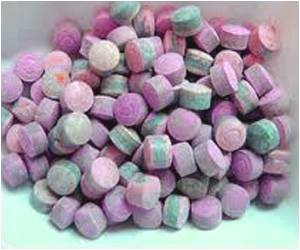Direct oral anticoagulants are now being used as an alternative to warfarin and are not associated with any side effects.

‘A new group of drugs used to treat patients with serious blood clots is not associated with a higher risk of major bleeding compared with warfarin.’





So a research team based in Canada set out to determine the safety of DOAC use compared with warfarin use in adults diagnosed with VTE between 1 January 2009 and 31 March 2016. Using healthcare data from six jurisdictions in Canada and the United States, they identified 59,525 adults (12,489 DOAC users and 47,036 warfarin users) with a new diagnosis of venous thromboembolism and a prescription for a DOAC or warfarin within 30 days of diagnosis.
Participants were followed up for an average of 85 days, during which time hospital admissions or emergency department visits for major bleeding and deaths from all causes within 90 days after starting treatment were recorded.
Demographic factors, the presence of other conditions, and history of major bleeding were also taken into account to minimise bias.
Of the 59,525 participants, 1,967 (3.3%) had a major bleed and 1,029 (1.7%) died during the follow-up period.
Advertisement
No difference was found in the risk of death for DOACs compared with warfarin use. Results remained unchanged after further analyses, including when a longer period of follow-up (180 days) was used.
Advertisement
Further studies are also needed to understand the safety of DOACs over the longer term and among patients with advanced chronic kidney disease, they add. Nevertheless, they conclude: "This large multicentre, population-based study suggests that DOAC use is not associated with higher major bleeding risk in venous thromboembolism."
Source-Eurekalert













